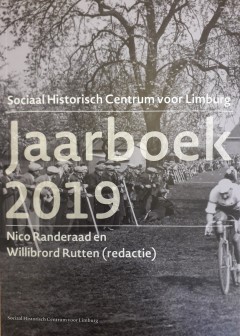Last van het verleden. De Sphinx en de arbeidsmarkt, 1930-1970
DOI:
https://doi.org/10.58484/ssegl.v64i12331Trefwoorden:
twintigste eeuw, industriële geschiedenis, Limburg, Maastricht, SphinxSamenvatting
This article investigates why the Maastricht pottery Sphinx suffered from a shortage of personnel after the war. Not only did the tight labour market of the fifties and sixties play tricks on the company, but also the history of heavy, dirty and unhealthy work stuck to its image. Two studies commissioned by the management of the company into the causes of the shortage show that the experiences of the Sphinx workers in the crisis years of the 1930s continued to have an effect after the war. The often blunt way in which the company dealt with its personnel during the depression years, did not do Sphinx’s reputation any good after the war. The company increasingly had to attract personnel from elsewhere. Initially from the Limburg mining region, from the mid-fifties onwards more often from Belgian Limburg. The shortage of personnel meant that an important department of the Sphinx, such as sanitary facilities, could not operate at full capacity. The production of household pottery, the oldest department of the company, was closed at the end of the sixties. Once again, this did not benefit the company’s reputation.
Downloads
Gepubliceerd
Nummer
Sectie
Licentie

Dit werk wordt verdeeld onder een Naamsvermelding-NietCommercieel 4.0 Internationaal licentie.



